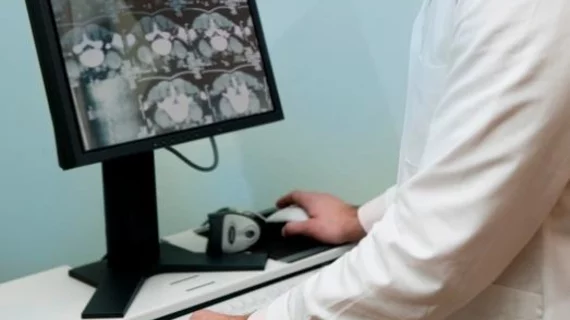How radiologists can avoid becoming ‘invisible’ in the artificial intelligence era
The emergence of teleradiology programs and PACS resurfaced the notion of the “invisible” radiologist tucked away in the reading room. But a new era presents the specialty with an opportunity to step out and establish its role in clinical care, experts said recently.
Artificial intelligence is slowly changing the field and will be key to helping radiologists manage growing workloads, reduce wasteful imaging and improve reporting. In order to carve out a visible spot on the care team, rads must redefine their clinical identity and lead the AI revolution, experts argued in the European Journal of Radiology.
“The more radiologists are involved in evolving technology, the harder it is for clinicians to invade radiology,” Apostolos H. Karantanas, MD, PhD, with the University of Crete’s Department of Radiology in Greece, and colleagues wrote Jan. 3. “Thus, AI ‘will not weaken radiologists.’ Instead, AI will modify their role in healthcare and will strengthen their presence and contribution to patient management whereas under certain action, it will make them more visible.”
4 tips for radiologists to lead the change
1. Radiology training must take a broader approach to education. Residents need to learn how to use and integrate AI into their practice. Programs should also teach biomedical engineering, big data analysis and machine learning to ensure the specialty is guiding technological change.
2. Radiologists must adopt new clinical skills, including emotional intelligence and communication strategies for interacting with patients. These traits must be clearly defined and taught during medicals school and residency. A central role in multidisciplinary team meetings will also ensure rads remain visible.
3. Young rads will need to be adaptable. This includes upgrading job certifications throughout their career. Being able to conform to a changing workplace may be the most important “soft skill” that radiologists can invest in and embrace, the authors noted.
4. The growing power of technology, including AI, will continually alter diagnostic imaging, and radiologists cannot rest on their laurels, the authors noted. A successful "marriage" of artificial intelligence and imaging will make rads more accurate and, in some cases, more visible.
You can read the entire study here.

